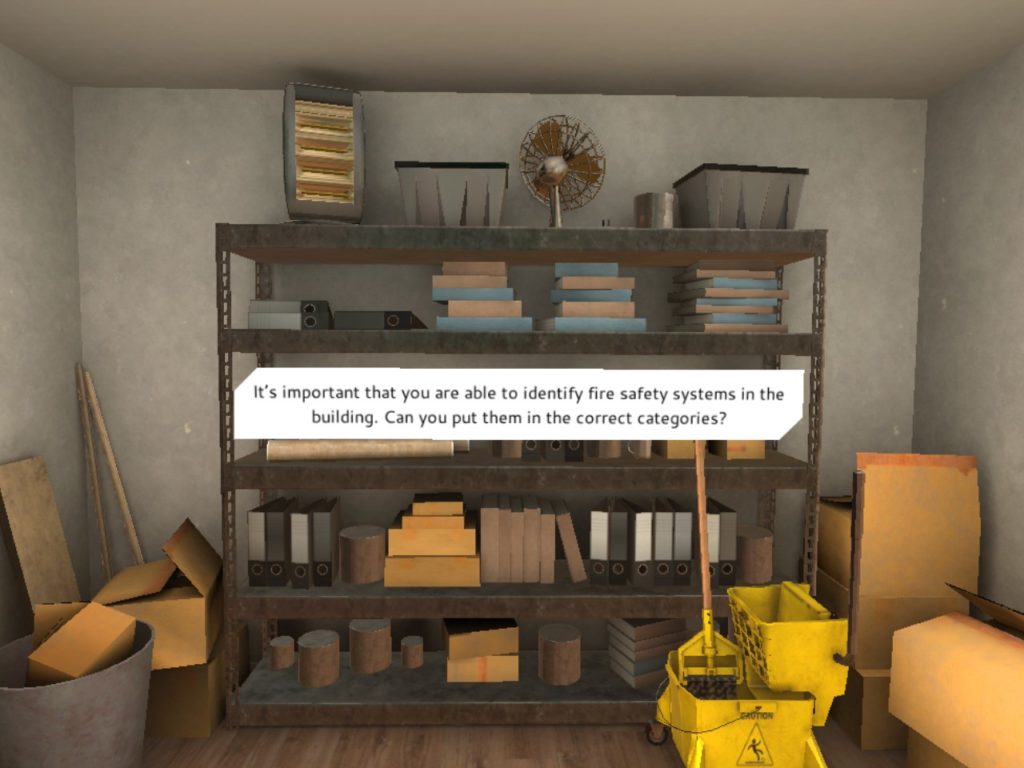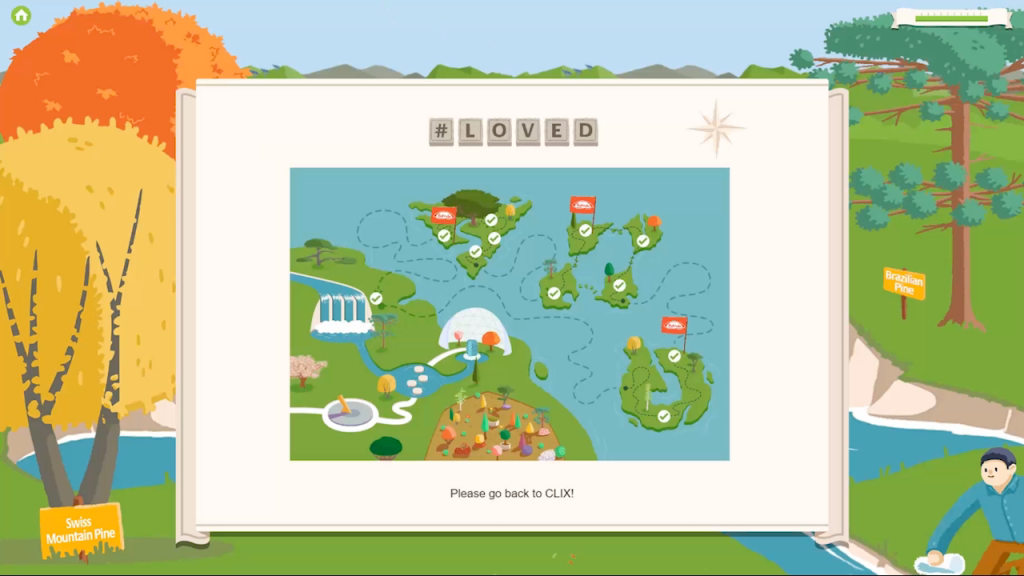Gamification changes the way employees interact and engage with their work and their co-workers. Because gamification makes learning interactive, the mechanics improves employee engagement and inspires collaboration by encouraging co-workers to interact and share. The essence of gamification is a rewards system. It works by eroding users with in-game feedback and proactive messages. featuring the dynamics associated with computer games, these online platforms enable businesses to achieve business goals.
The mechanics of gamification appeals to the psychological human need for validation and encouragement. Gamified corporate training strategies adopt the same principle as a computer game and award points for successes and penalties for incorrect answers. Attributes of a gamified corporate training program can include a range of motivational factors such as goal setting, performance confirmation, personalised feedback and incentives to learn more.
Moreover, gamification helps employees adopt the skills they require in an increasingly digitalised world – a skillset most employees are lacking. Richard Oldfield, the Global Markets Leader at PwC, says, there is a “mismatch between the skills people have and those needed for the digital world is fast becoming one of the world’s most important problems.”
So how can gamification help to employees fulfil their potential?
Employee Engagement
New starters often lose interest in training. Statistics reveal that conventional training methods in corporations are outdated and ineffective. One in every three corporate trainees feels uninspiring content is a barrier to learning their job. A compelling digital learning experience taps into a participant’s emotions. By incorporating a selection of game mechanics, you can demonstrate activities and goals trainees have to complete to successfully fulfil their role.
Gamification programs encourage users to perform specific tasks and can include immediate feedback in respect of performance and offer guidance that helps users achieve their goals and reach the next stage. When you consider that millennials and Gen Zer’s will account for 58% of the workforce over the next decade, it’s clear to see that companies need to do more to improve levels of engagement in the workplace. A report published by Gallup reveals that millennials are the least engaged employees and 6 in 10 are open to new job opportunities. With gamification deployed as a digital learning tool, companies stand a better chance of retaining top talent.
The Motivation Factor
Conventional training programs within a corporation can be intensive. Although training sessions can be inspiring at the time, most of the information is forgotten, misunderstood or not applied to the job. Harvard Business Review reports that employees often cite a lack of strategic clarity as a barrier to training. If training programs do not provide value, relevancy or coherence, businesses are burning money without a return on investment.
Gamification uses game mechanics and game dynamics to influence and motivate the behaviour of employees. Game mechanics are drivers that form the building blocks of a digital learning program. Game dynamics reveal the users’ emotional response, behaviours and desires. Examples of game mechanics include:
- A points system
- Unlocked rewards for completing a task, challenge or mission
- Levels participants pass when they reach a certain milestone
- Missions which include objectives users have to accomplish on their own or as part of a team
- Badges that are awarded for employees that demonstrate exceptional skills and expertise
- Leaderboards to trigger healthy competition
- Quizzes to progressively test the knowledge of trainees
For users that are used to instant gratification, interactive simulation-based games that challenge users are more enjoyable and provide real value. Even boring compliance regulations can be made more interesting with gamification. Game mechanics that are designed to provide personalised messaging based on choices, preferences and consequences also help employees master their understanding of the job better. Learning from mistakes is the best way to remember how to do something properly.
In traditional learning environments, trainees have to wait for the trainer to assess their work and get back to them. Many trainers do not have the time or resources to provide instant feedback. Gamification resolves this issue because employees are given in-game feedback instantaneously. Moreover, the “training buddy” method often means your most experienced staff do not have sufficient time to meet their targets. There is also a risk that their performance standards can suffer due to persistent interruptions and loss of concentration. No matter what type of business you have, there is significant competition in the marketplace. Gamification can help your employees learn their job role better and in a shorter space of time.
If you would like to know more about how gamification mechanics can help your learning and development content become more engaging, then feel free to drop us an email at info@sbanimation.com










